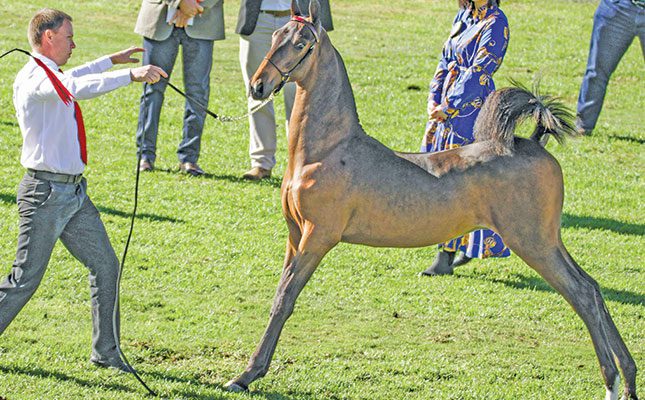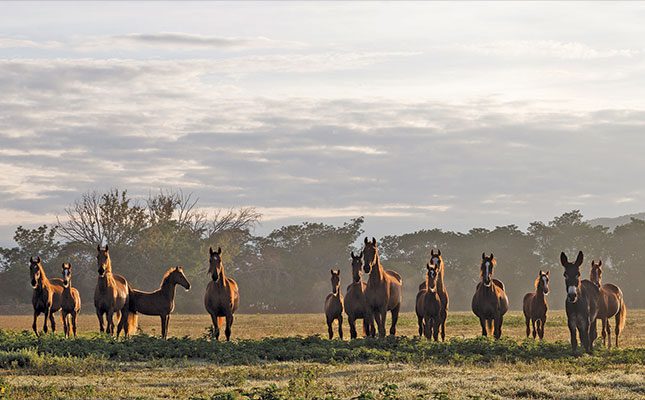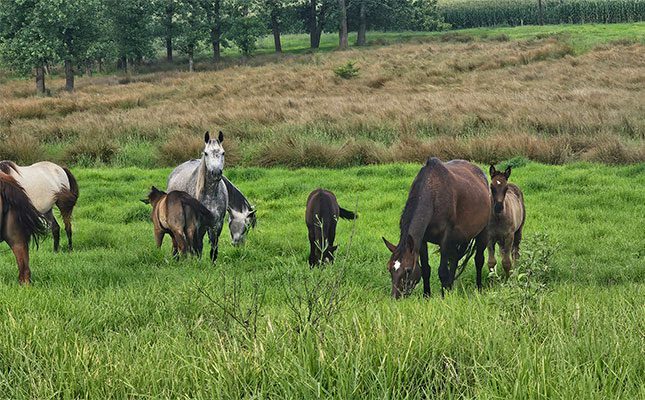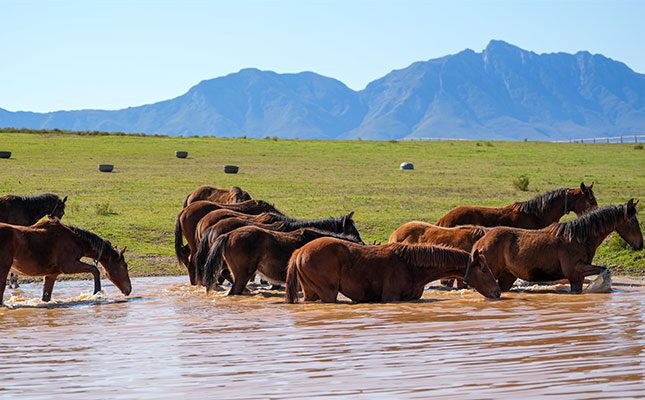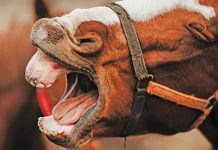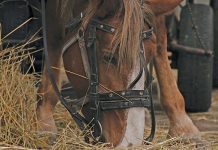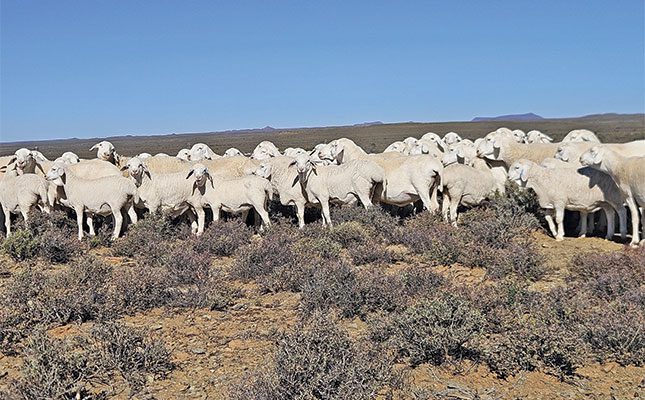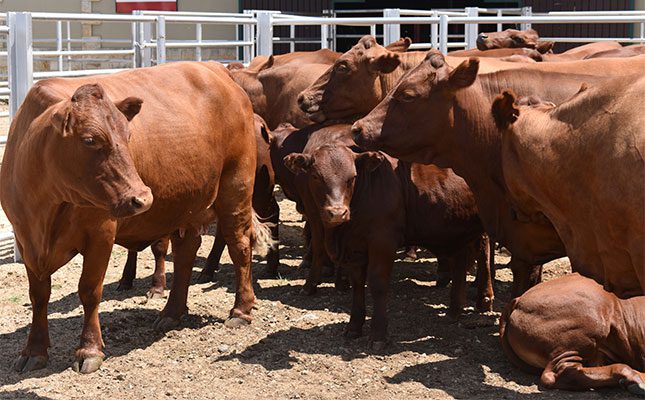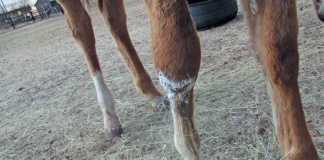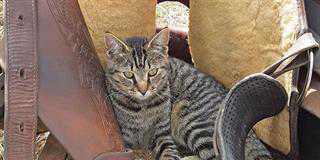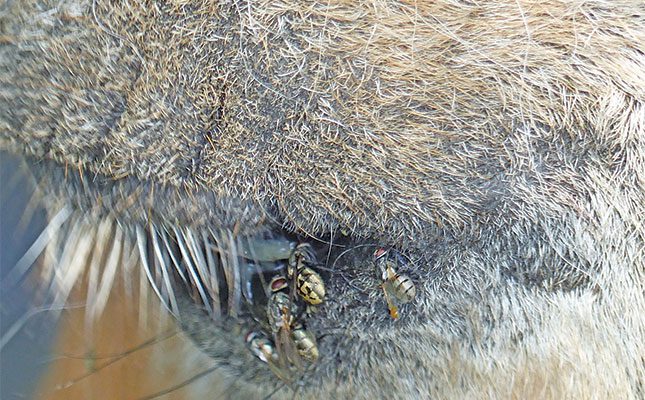
Photo: Dr Mac
During hot, humid summer weather, all sorts of flies emerge and become a real nuisance in stables, aiding outbreaks of fly-borne disease in horses. It’s essential that flies are controlled throughout their life cycle. The first step is to focus on breeding sites.
Flies lay their eggs in rotting manure and, after hatching, the larvae crawl into damp soil or rotting manure, then pupate. Over winter, these pupae remain safe underground or in manure heaps, and when warm weather comes, they emerge as houseflies or biting flies.
Both sorts of flies can cause and transmit diseases, not only in horses, but also in humans.
Houseflies carry disease-causing organisms onto horse and human food and can also transmit disease by sitting on the lips or eyelids of a dozing horse or human.
Biting flies suck up blood and transmit diseases when they spit their infected saliva onto a different horse before they start feeding.
Managing breeding sites
The first step in fly control is the management of breeding sites. Where are the flies hatching? It depends on the species. Biting flies often pupate in damp manure-rich soil or stables, while houseflies multiply in rubbish dumps and manure heaps.
When composting manure or stable waste, the best way to control flies is to cover the waste every day with a plastic cover after you have finished cleaning.
Sometimes, to prevent dust, it’s a good idea to wet the pile before you pull a thick plastic or woven cover made from used feed bags over it. The heat generated in the manure or waste pile under the cover is very useful for eliminating the hatching larvae.
In hot, wet weather, more flies will hatch, and some of them will also breed inside bedding in stables. A good way to safely prevent their multiplication in a stable is a daily sprinkling of diatomaceous earth on the bedding. It is safe for horses but will kill any flies that land in the fine, clinging powder.
Some sources encourage the spraying of poisonous chemicals onto manure heaps. This has two disadvantages. First, the spray doesn’t penetrate the manure and rotting plant waste to a reasonable depth. Second, it pollutes the compost with undesirable chemicals that could be taken up by a vegetable crop or hay if it’s later mixed into soil.
Distress management
Once you’ve looked at controlling breeding sites, you need to consider the amount of distress caused to horses (and humans), even if the flies aren’t biting them.
There are two main ways to do this.
The first is to put up flycatchers in the stables, and the second is to provide the horses with fly masks and fly blankets.
In addition, fly repellents can be sprayed or smeared onto the horses’ coats, manes and tails, as well as stable walls.
Sticky flycatchers work mechanically by capturing and killing a large proportion of stable flies. They will also give you a good idea of the magnitude of the problem.
If the flycatchers are encrusted with flies within 24 hours, there is a serious problem, but if it takes a month, your control measures are working well.
Dr Mac is an academic, a practising equine veterinarian and a stud owner.

